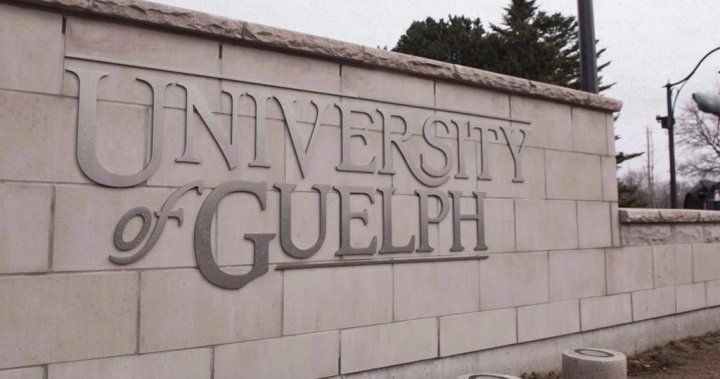The devastating wildfires raging across California have continued their destructive path, claiming at least 24 lives and obliterating thousands of homes as of Monday. Firefighters are bracing for a renewed challenge as weather forecasts predict the return of strong winds, which could further exacerbate the already dire situation. A period of relative calm over the weekend provided a brief respite, allowing firefighters to gain some ground, but the anticipated winds threaten to undo that progress and ignite new blazes. This looming threat underscores the volatile nature of these fires and the ongoing struggle to contain them.
The underlying conditions in California have created a perfect storm for wildfires. Years of persistent drought, punctuated by a brief period of wetter weather associated with last year’s El Niño, have resulted in an abundance of dry vegetation, effectively providing fuel for the fires. The subsequent return to drought conditions has further desiccated this fuel, making it highly flammable. This, coupled with the unusually strong Santa Ana winds, has created an explosive combination that has driven the rapid spread and intensity of the fires. The lack of rainfall since May has only served to worsen the situation, further drying out the landscape and increasing the fire risk.
The scale of the disaster has necessitated international assistance, with firefighting teams from Canada, including experienced crews from Alberta and Quebec, deployed to Southern California. Canada’s expertise in wildfire management, honed by dealing with its own extensive wildfires, makes its firefighters valuable assets in this crisis. The collaborative approach, with inter-provincial deployments within Canada and now international assistance to the United States, demonstrates the importance of shared resources and expertise in addressing large-scale disasters. This cross-border cooperation highlights the spirit of mutual aid and the recognition of the shared threat posed by wildfires.
Canada’s experience in wildfire recovery, particularly in communities like Fort McMurray and Jasper, Alberta, offers valuable lessons for California. Government involvement in rebuilding efforts has been crucial in these Canadian cases, providing a potential roadmap for effective recovery strategies in the affected areas of California. While the long-term impacts of the California fires are still difficult to assess fully, the Canadian experience underscores the importance of proactive and sustained government support in rebuilding devastated communities. This includes not only immediate relief efforts but also long-term planning and investment in infrastructure, housing, and economic recovery.
The recovery process in the Los Angeles area and other affected regions is likely to be complex and uneven. While some areas may return to normalcy relatively quickly, others may face years of recovery and rebuilding. The severity of the damage, the availability of resources, and the effectiveness of government policies will all play a crucial role in determining the pace and success of recovery efforts. Furthermore, political decisions regarding resource allocation, building codes, and environmental regulations will have a significant impact on the long-term resilience of these communities. These decisions will shape the future landscape and determine how well California is prepared for future fire events.
The California wildfires represent a stark reminder of the increasing threat posed by wildfires in a changing climate. The combination of prolonged drought, abundant dry vegetation, and strong winds creates a highly combustible environment that is increasingly common in many parts of the world. The need for effective fire management strategies, international cooperation, and long-term recovery planning has never been greater. The California fires serve as a wake-up call, emphasizing the importance of proactive measures to mitigate wildfire risk, enhance preparedness, and build more resilient communities in the face of this growing threat. The lessons learned from this disaster will be crucial in shaping future fire management policies and ensuring that communities are better equipped to withstand and recover from future wildfire events.

